
PhotoRepro:1 Adam B Photorepro: 2 Adam B
IKEA hacking: Everybody’s doing it and here’s why
All over the world known to IKEA (62 countries to date), people are IKEA hacking. On-trend DIYers are flipping their Swedish flat pack – reworking IKEA basics to turn them bespoke.
Some people want to make standard items look more bouji on a budget, some to customise pieces to match their unique personal style. Others are driven by more practical considerations: the need to make an item of furniture fit into a particularly awkward corner, or to store some random-shaped possessions.

IKEA HAKÏN
Once you start digging into the world of IKEA hacking, the overwhelming feeling you come away with is awe at human creativity and ingenuity. Working with the basic building blocks of IKEA’s most popular modular staples, such as BILLY bookcases (140 million sold and counting) and the KALLAX storage system, IKEA hackers are busy making their spaces their own in a million different ways.
IKEA hacking has taken on a life of its own, with TikTok accounts, Pinterest pins, Facebook groups, Insta accounts, websites, books, YouTube channels, Etsy shops and reddit communities all dedicated to improving the world’s favourite flatpack furniture.
It’s not just ordinary folk who are innovating. In 2019, top designers contributed hacks to an exhibition called IKEA Hacked at the IKEA museum in Älmhult, Sweden – hometown of the company, about two hours by train north of Malmö, in the south of the country.
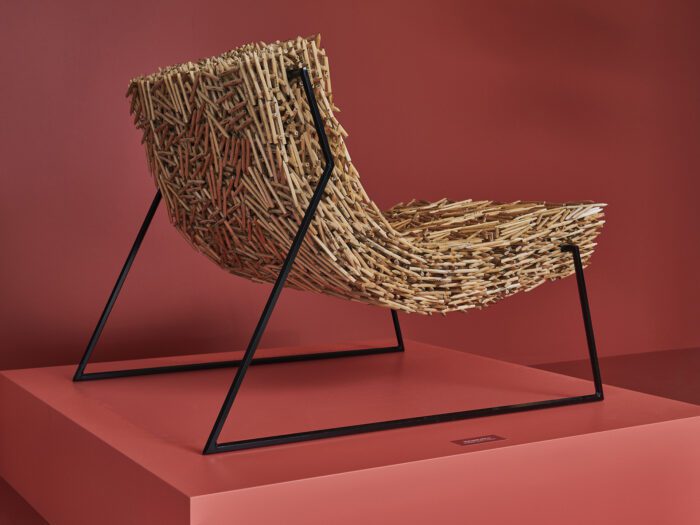
Designer Daniel Saakes showed his design for a large chandelier made from Lampan lights. You can find the instructions for how to make this on the Instructables website here.
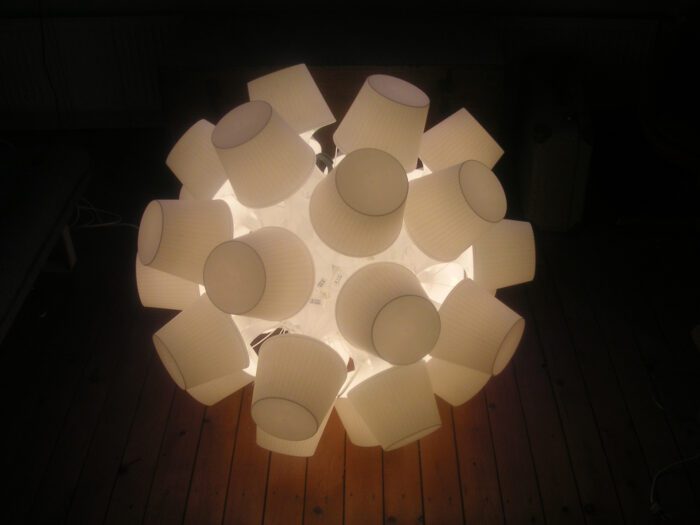
IKEA FACT: The name IKEA was created from the initials of founder Ingvar Kamprad (below), and the names of Elmtaryd, the farm where he grew up, and Agunnaryd, the nearby village. He set up the company when he was only 17.

A great place to start exploring the IKEA flipping phenomenon is on IKEAhackers, the website of the queen of IKEA hacking, Jules Yap. Jules has been running her site since 2006, curating the best IKEA hacks from around the world. Initially IKEA wasn’t happy with her using their name for her site and went so far as to issue a cease-and-desist notice. But they saw the error of their ways and recognised Jules for the superfan she is and hacking as the ultimate homage.
IKEA FACT: The company sells a billion meatballs every year.
What is an IKEA Hack?
Jules defines an IKEA hack like this: “In simple words, it means the alteration or customisation of IKEA products. It could range from a repurposing, reassembly, upgrade, update, personalisation, or the creation of something totally new.”
In 2017 she wrote the definitive book on the subject IKEAHackers.net: 25 Biggest and Best Projects. Recent hacks shared on her site include a design for an ironing-board on a wheeled storage unit: perfect for any sewing room (built from JÄLL + RÅSKOG) and instructions showing how to convert a SMÅSTAD changing table into a desk once it’s no longer needed for its original purpose.
IKEA FACT: Småland (small lands), the IKEA in-store crèche, is named after the historic province of the same name in southern Sweden, from which store founder Ingvar Kamprad came.
KEY SKYLS
There are certain tricks that turn up time after time in IKEA-hacking: sticking storage boxes on side tables, turning pieces on their side, putting wall units on the floor, hanging desk-top accessories on the wall, and using baskets as lampshades. Plus, of course, adding designer knobs and legs from companies such as Plank Hardware or The Hairpin Leg Company.
There are also some key DIY skills you’re likely to need if you want to do any kind of IKEA hacking. Prime amongst these is how to paint laminate-covered furniture so the paint doesn’t immediately peel off. Perhaps predictably, the key is in the preparation: there’s a lot of hard work involved in all the sanding and priming. This video shows how to do it.
For those whose skill level is pegged at DDIY (don’t do it yourself) – and who would have trouble assembling IKEA in the first place, never mind reworking it – hacking can be as simple as finding alternative ways to use IKEA products. And you can build your skills slowly as you move from super simple but highly effective ideas – such as filling the unused holes in your BILLY bookcases with filler to disguise them – to more complicated flips.
Whatever hack you fancy trying, it’s worth noting Jules Yap’s warning: “Hacking … can destroy the structural integrity of the product and compromise its safety standards. Hacking has its risk. And you may void your IKEA warranty. So always check, be aware of the risks, and err on the safe side.” Hacking can go wrong: you can end up destroying what was a perfectly serviceable piece of kit.
IKEA FACT: The iconic IKEA catalogue was a key part of the company’s marketing from 1950 until it was discontinued in 2021. The Swedish versions of all the catalogues are available online here, forming a fascinating record of changing tastes in interior décor over seven decades.
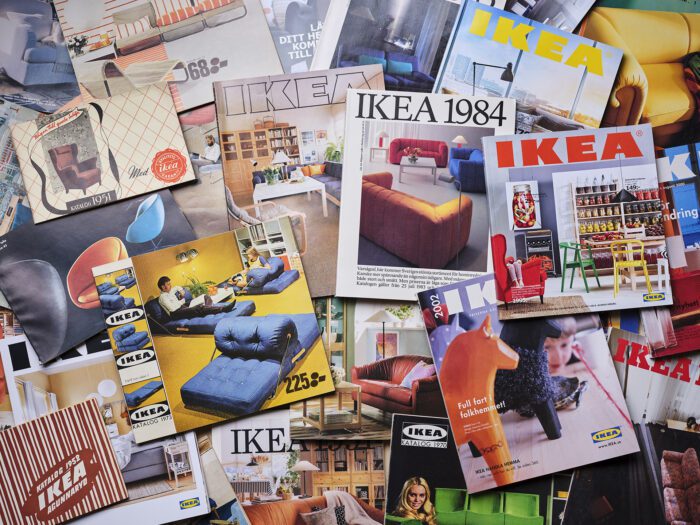
KOTÄJ INDUSTRI
As well as those keen amateurs tackling their first projects at home, the world of IKEA hacking also encompasses lots of folks who have set up small businesses making individual parts to help you customise, mend or otherwise improve standard IKEA lines. Search ‘IKEA’ on Etsy and you’ll find all kinds of brilliant bespoke products that take the hard work out of hacking, such as:
- replacement slip covers for IKEA sofas and chairs,
- cat furniture made from IKEA products,
- niche accessories to fit the SKADIS pegboard,
- decals custom made to fit IKEA products,
- stylish drawer fronts,
- replacement handles.
IKEA FACT: To avoid waste, IKEA buys back some kinds of (unhacked) IKEA furniture to resell in exchange for store credit.
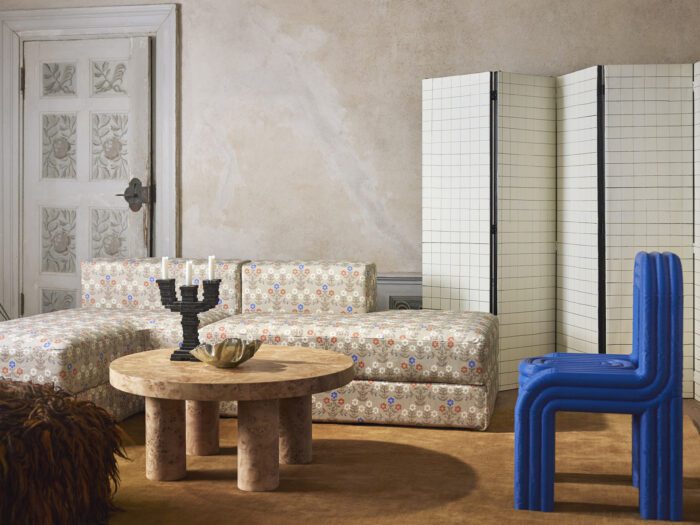
SPAER PAARTS
IKEA is well known for supplying free spare parts for its current product range. But what about discontinued stock? That’s where a whole other set of more techie IKEA hackers comes in, people who use 3D printing to make parts to repair old, discontinued IKEA products. You can find out more about how to print 3D parts here. There are lots of folks out there designing 3D-printed hacks too.
DE PROFESIONELS
If you’re in the market for something more upmarket, there are some specialist interiors companies that specialise in professional-level IKEA hacking, offering brilliant – and sustainable – ways to update and upgrade your standard IKEA furniture rather than replacing it.
Pretty Pegs sells elegant, upmarket versions of accessories like legs, knobs and handles that you can use to transform your IKEA pieces into something altogether more special.

Bemz sells tailor-made slipcovers for IKEA sofas and chairs, and even bed frames, footstools and headboards. Their recent collab with traditional Swedish wallpaper company Boråstapeter (below) offers gorgeous, hyper-maximal floral prints with a Liberty-ish feel, but there are fabrics to cater to all tastes and you can order fabric samples before you buy.
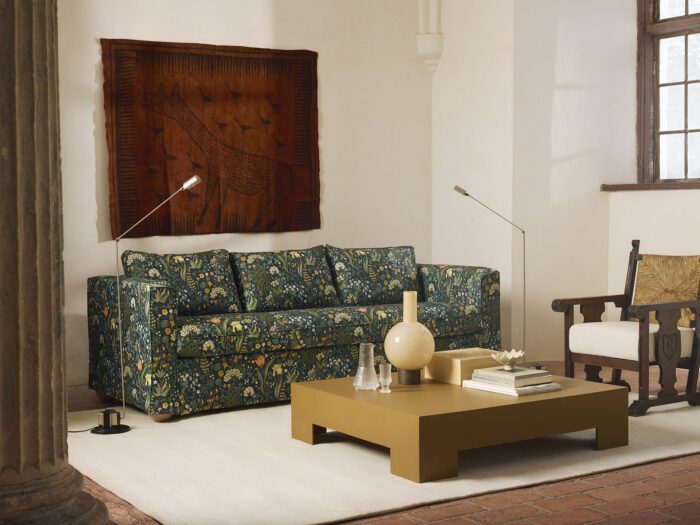
Companies such as Superfront and Custom Fronts enable you to transform IKEA kitchens by replacing the cabinet doors. Superfront has a selection of super-stylish fronts for IKEA kitchen cabinets, wardrobes, bathroom units, sideboards and cupboards, as well as stylish legs, knobs and handles.
Custom Fronts has cool, minimalist kitchen cupboard doors in a range of wood, plywood, bamboo and coloured laminates. Our piece about Plywood kitchens includes info about other kitchen-pimping companies such as Plykea and Husk, who also do great doors and worktops for IKEA kitchen carcasses.
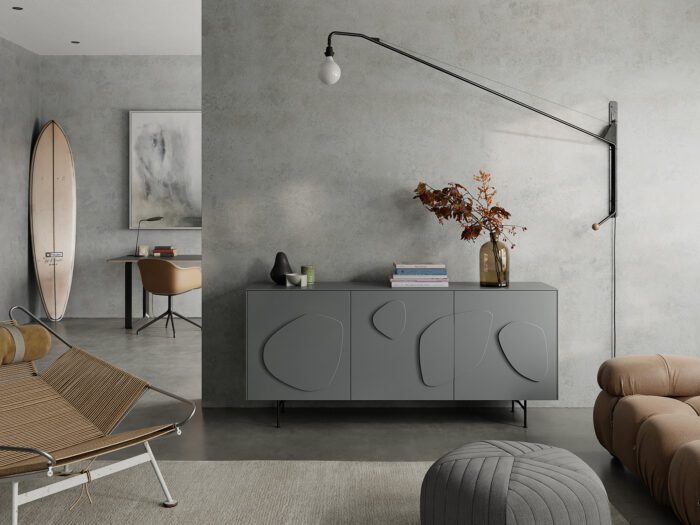
The Upscale Collection (UK based) and O’verlays (US based), meanwhile, sell decorative fretwork overlays that you can stick on your IKEA basics to give them a luxe, vintage feel that’s perfect for maximal looks.
Why IKEA hacking now?
Search #ikeahacks on TikTok and you’ll find tens of thousands of young people clocking up tens of thousands of views sharing tutorials for their latest IKEA-pimping projects. It’s definitely become a Thing. But just why is the cheap-furniture-pimping phenomenon having a moment?
IKEA hacking is a craft for our times because it’s not too ambitious, requiring neither heaps of money nor space. So many of us live in small spaces on cost-of-living squeezed budgets. Yet we want to make those small spaces as nice as possible because, at the same time, we are being bombarded by Insta home inspo, and influenced to within an inch of our lives. We get to see how the other half of a half percent live – and it looks bloody beautiful.
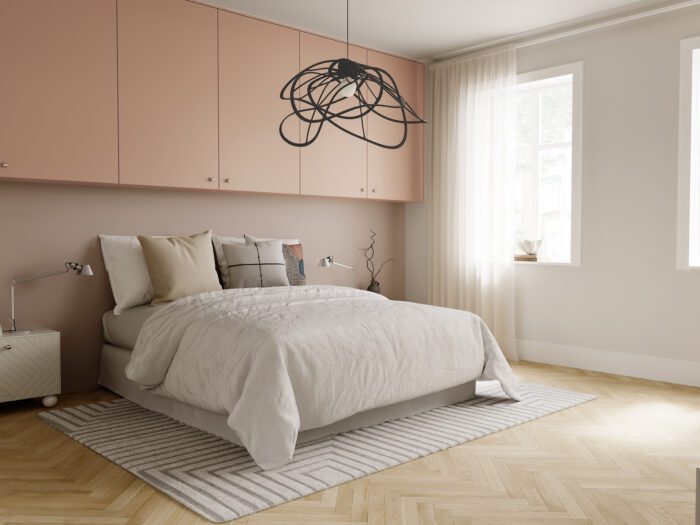
So, there’s pressure to make the effort with our own spaces. And IKEA hacking lets us do that in a way that doesn’t require a massive budget or home workshop or special skills. Attainable creativity of a satisfyingly physical kind, in a world where so much of what we do is virtual. And with a promise of uniqueness: the chance to stand out from the crowd in a commodified world full of mass-market products like, well, IKEA’s.
It also answers another poverty de nos jours: time poverty. Pimping premade products is a lot quicker than making stuff from scratch (however long it seems to take for that coat of paint to dry).
And the final zeitgeist box that IKEA hacking ticks is the sustainability one. Like its big sister, upcycling, IKEA hacking helps people reuse furniture instead of chucking it out and buying more stuff.
So get yourself down to IKEA, grab yourself a BILLY bookcase, a tube of mastic, two VOXNAN towel rails and a glitterball, ‘cos there’s a great reel going viral on #ikeatok showing how to turn them into a deluxe, vintage-inspired dressing table.

IKEA FACT: Many real IKEA product names are Swedish place names. Items in the same product category are generally named after the same type of thing. For example, bed names are places in Norway. And bedding is named after plants.




